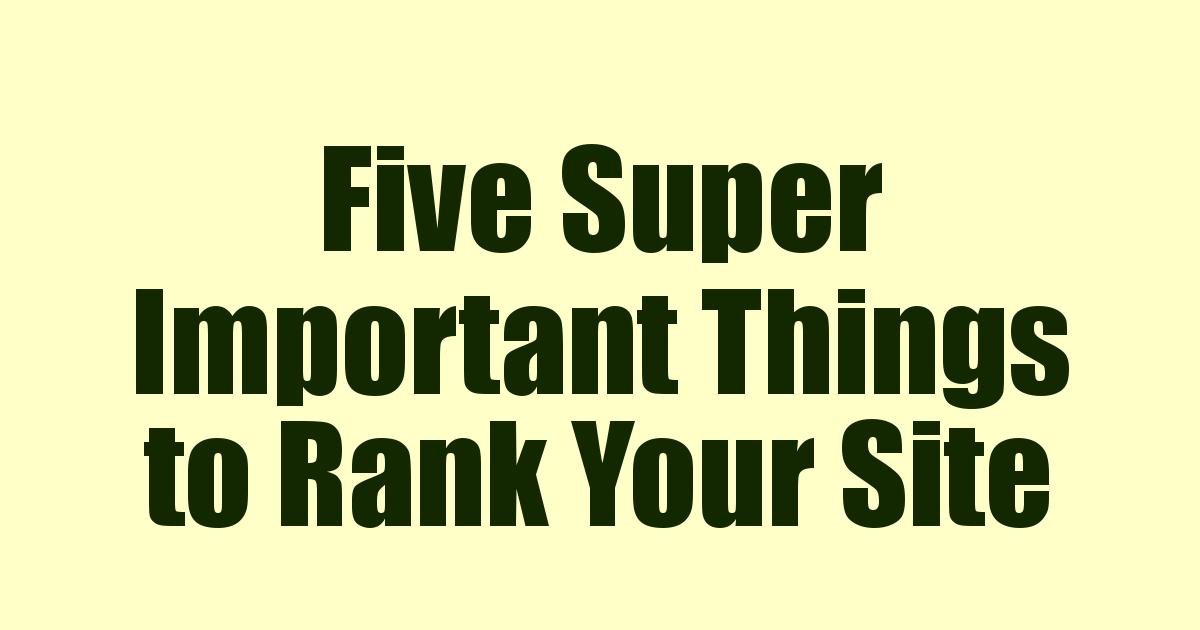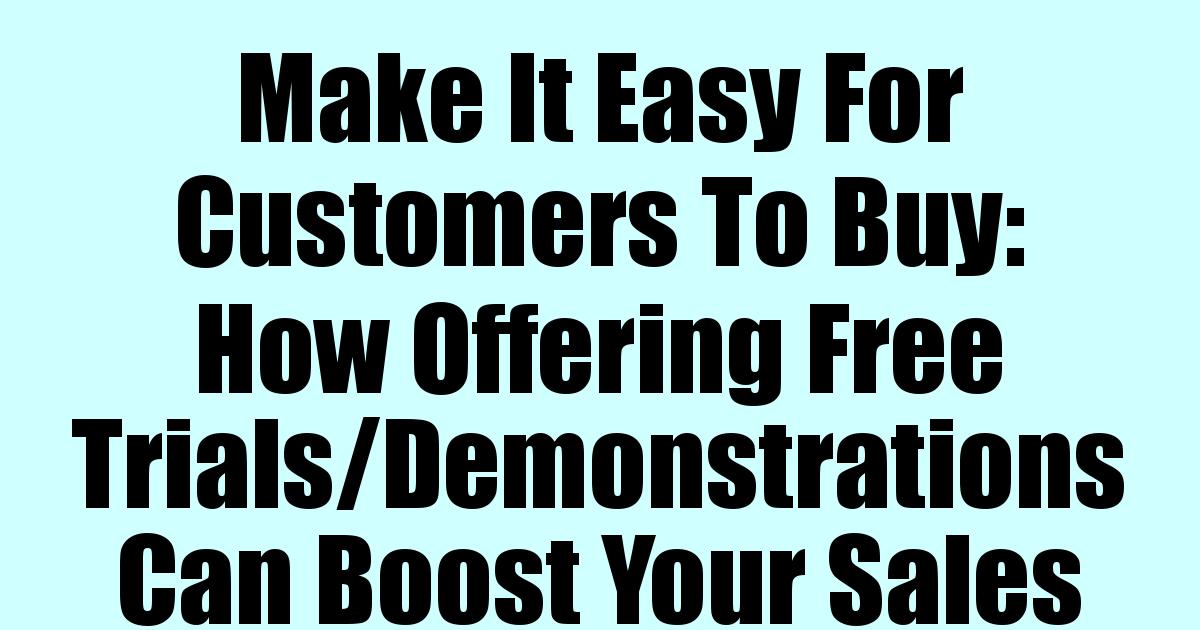 What is a Ranking in SEO?
What is a Ranking in SEO?
Search Engine Optimization (SEO) is meant for the betterment of web pages to help search engines rank them accordingly. In SEO, ranking indicates the position of a website’s page on what's called the search engine results pages (SERPs).
According to Google, the ranking of a website is vital because it helps in showing the relevant search results. It is also essential for the organization of largescale data present on the web and making the information reachable and valuable to people all around the world.
The ranking also makes it easier for Google to catalog the pages based on the optimization and quality of the pages.
The five most important factors in ranking of a website are:
1. Secure Website
The right URL is secure and easily accessible. A secure and accessible URL is probably the most important ranking factor of any website. Google’s bots should be able to access and crawl URLs for the information they need.
In other words, websites that have URLs that Google can visit and review easily, are more likely to rank higher on the SERPs.
To improve the ranking of your website by making it secure, you need to consider the following:
• A well-developed website through a standard website builder.
• Robots.txt file that is used by Google to determine where it can and cannot view the website information.
• A thorough sitemap which gives the details of all of your pages.
2. Page Speed
Page speed is one of the primary SEO ranking factors for many years. Websites that have rapid-loading webpages give an excellent experience to the users. Faster websites are highly preferred by search engines in any ranking system.
Since 2018, Google has taken into account the page speed on mobile devices as well as PCs. Therefore, website developers should consider smart devices and their loading speeds as well.
3. Mobile Responsiveness
Smartphones and other smart devices have become ubiquitous in the last decade. The majority of users on the web use mobile devices to browse websites. Hence, the mobile-friendliness of a website is a major ranking factor today. It has impacted the SERPs a lot because now, only mobile responsive websites are ranked on the first few pages of Google and other search engines.
Google implements a mobile-first index, which means that the results of the searched keywords are drawn from the mobile-optimized pages. Your website must be mobile responsive if you have a desire to see it ranked high on Google.
Some important factors included in website friendliness are:
• A responsive site that can fit and resize according to the device.
• Fonts are large enough to be readable on small screens.
• Different menus and pages can be accessed and navigated easily.
• Ads are placed appropriately and do not hide the content.
4. Content-Length
Some SEO experts do not consider the content length to be an important factor in the ranking of pages. However, it can be observed from the general ranking on Google that websites that have unique, engaging, relevant, and an appropriate word count are ranked higher than the others.
There is no hard and fast rule on the content length. A long piece of writing is appreciated in SEO ranking because it takes time and energy to create a unique and engaging long content.
However, there must be a balance in length. An excessively long and uninteresting piece of writing content will not attract many people to your website, which will adversely impact rankings.
Recent trends in Google rankings have shown that content length should never be ignored, and long-form content is performing better at the top of the SERPs. As a general rule, 1,000 words or more is optimal for most general content.
5. Domain Age and Authority
Data about the top-ranked websites on Google suggests that the old websites are ranked higher than the new websites. The main reason for this is that the old site is usually optimized over a period of a few years. In some cases, the domain name also accounts for the ranking of a website.
Some researches show that domains that match to each other and that are relevant, useful, and highly-optimized enjoy a significant ranking boost. However, your URL must reflect the nature of your business.
Authority is also another factor in SEO ranking. It consists of SEO signals like inbound links, social media impressions, and page authority. All of this requires a great deal of research, time, and experience, but the process can be made simple by automating it all through advanced programs. Highly ranked websites and SERPs are possible and you no longer have to be a digital marketing expert to make it all work.
Web Fire is a great way to make this process fast and simple.
 One way to show value and highlight the great price you’re offering your customers is to point out when you are giving a discount or savings, as this lets customers know you’re giving them a great deal and lots of value. A discount also has a psychological effect - we feel we are getting a better deal and are more likely to buy. Seeing that an item is discounted not only is an incentive to buy it now, it can also encourage new users to buy that might otherwise have not considered it.
One way to show value and highlight the great price you’re offering your customers is to point out when you are giving a discount or savings, as this lets customers know you’re giving them a great deal and lots of value. A discount also has a psychological effect - we feel we are getting a better deal and are more likely to buy. Seeing that an item is discounted not only is an incentive to buy it now, it can also encourage new users to buy that might otherwise have not considered it.
 Most businesses tend to practically ignore their prospects and even their best clients. This is a horrible thing to do, as you’d be leaving a ton of money on the table in doing so.
Most businesses tend to practically ignore their prospects and even their best clients. This is a horrible thing to do, as you’d be leaving a ton of money on the table in doing so.
 Sometimes it’s hard to see the benefit of something we haven’t seen in action or tried first. Offering a free trial period, or a demonstration of your product, can be a great way to alleviate a potential customer’s fears and make them confident the product will work for them. Also, once someone has tried something free they often feel obliged to reciprocate by purchasing from you - it’s the principle of reciprocity in action.
Sometimes it’s hard to see the benefit of something we haven’t seen in action or tried first. Offering a free trial period, or a demonstration of your product, can be a great way to alleviate a potential customer’s fears and make them confident the product will work for them. Also, once someone has tried something free they often feel obliged to reciprocate by purchasing from you - it’s the principle of reciprocity in action.
 Search engines remain one of the most common tools users are utilizing to find things online, Google of course being the most prominent among them. Search engine optimization is therefore key and making your site visible and getting your content on more eyes. You need traffic to build an audience, and an audience to build conversions. That starts with search engine optimization. There are different types of search engine optimization including off-page and on-page, and the rules vary a little by search engine.
Search engines remain one of the most common tools users are utilizing to find things online, Google of course being the most prominent among them. Search engine optimization is therefore key and making your site visible and getting your content on more eyes. You need traffic to build an audience, and an audience to build conversions. That starts with search engine optimization. There are different types of search engine optimization including off-page and on-page, and the rules vary a little by search engine.
 What is a Ranking in SEO?
What is a Ranking in SEO?
 Too often business owners try to fight over the scraps. They try to make deals or land sales with anyone and everyone that they can find, regardless of if those deals are barely worth any money to them.
Too often business owners try to fight over the scraps. They try to make deals or land sales with anyone and everyone that they can find, regardless of if those deals are barely worth any money to them.
 In terms of cost-efficiency, the most crucial method for attracting traffic to your website is through organic searches. They allow you to reach people who don't even know about your site initially but are searching for a specific product or service related to your website. The primary factor of the success in organic searches boils down to the ranking of your website on search engine results pages (SERPs).
In terms of cost-efficiency, the most crucial method for attracting traffic to your website is through organic searches. They allow you to reach people who don't even know about your site initially but are searching for a specific product or service related to your website. The primary factor of the success in organic searches boils down to the ranking of your website on search engine results pages (SERPs).
